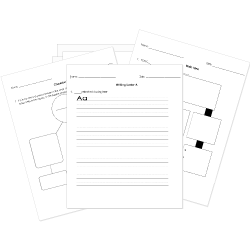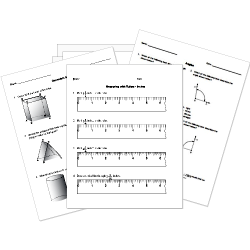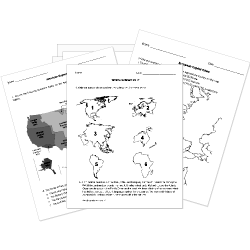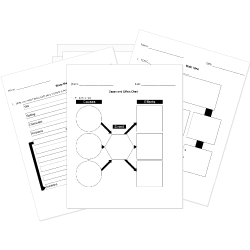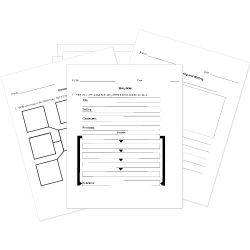Applications of Energy Efficiency
Applications of Energy Efficiency
This lesson aligns with Next Generation Science Standards (NGSS) PS3.D
Introduction
In today's world, energy efficiency has become an essential aspect of sustainable development. By reducing energy waste and optimizing the use of resources, we can minimize environmental impact and promote a greener future. One crucial area where energy efficiency plays a significant role is in the reduction of friction and the implementation of aerodynamic design in machines. In this article, we will explore real-world examples of how these concepts can lead to energy savings and sustainability.
Energy-Efficient Vehicles
Transportation is a sector that heavily relies on machines, particularly vehicles. By reducing friction and implementing aerodynamic design, significant energy savings can be achieved. Hybrid and electric vehicles, for instance, utilize regenerative braking systems that convert kinetic energy into electrical energy. Moreover, the use of streamlined designs and low-rolling resistance tires minimizes air resistance and friction, resulting in improved fuel efficiency.
Wind Turbines
Wind energy is a renewable and clean source of power. Wind turbines, which harness the kinetic energy of the wind, can generate electricity efficiently when designed with energy efficiency in mind.

Reducing friction in the turbine's moving parts, such as the gearbox and bearings, ensures minimal energy loss. Additionally, aerodynamic blade designs maximize the capture of wind energy, making wind turbines more effective and sustainable.
Industrial Applications
In various industries, machines are used extensively to power manufacturing processes. By optimizing energy efficiency, these industries can reduce their environmental footprint. For example, in factories and production plants, implementing lubrication techniques reduces friction between machine components, resulting in less energy consumption.
Additionally, the use of streamlined designs in equipment such as pumps, compressors, and conveyors minimizes air resistance, leading to significant energy savings.
Building Design
The construction industry has embraced energy-efficient practices to create sustainable buildings. By incorporating proper insulation materials and sealing gaps, the heating and cooling requirements of buildings can be reduced. The use of aerodynamic building designs, including the strategic placement of windows and shading devices, helps optimize natural ventilation and reduce the need for artificial cooling.

Efficient Appliances
Home appliances play a vital role in our daily lives. By selecting energy-efficient models, we can reduce energy consumption and save money in the long run. Refrigerators, air conditioners, washing machines, and other appliances are now designed to minimize friction, leading to lower energy usage. Energy Star-rated appliances, for instance, meet stringent efficiency criteria, ensuring reduced energy waste while maintaining optimal performance.
Efficient Lighting
The lighting sector has seen significant advancements in energy-efficient technology. Traditional incandescent bulbs have been replaced by more energy-efficient alternatives such as compact fluorescent lamps (CFLs) and light-emitting diodes (LEDs). These lighting options produce less heat and consume significantly less energy, making them more efficient and durable.
Furthermore, the use of smart lighting systems, including motion sensors and automatic dimming features, further enhances energy efficiency by reducing unnecessary lighting usage.

Data Centers
Data centers, which house countless servers and electronic equipment, consume vast amounts of energy. By implementing energy-efficient practices, these centers can reduce their carbon footprint. Cooling systems with improved airflow management, efficient power distribution, and energy-efficient servers can lead to substantial energy savings.
Renewable Energy Technologies
Even in the field of renewable energy, energy efficiency plays a crucial role. Solar panels, for example, are designed to maximize the conversion of sunlight into electricity by reducing energy losses through efficient semiconductor materials and design optimizations.
Similarly, energy-efficient designs are incorporated into geothermal systems and hydropower turbines to ensure optimal energy extraction from renewable sources.
Smart Grid Systems
The integration of smart grid systems allows for more efficient energy distribution and management. These systems monitor energy usage, identify inefficiencies, and optimize the supply-demand balance. By reducing transmission losses and minimizing energy wastage, smart grid systems contribute to overall energy efficiency and sustainability.
Sustainable Agriculture
Energy-efficient practices can also be applied in the agricultural sector. Machinery used in farming, such as tractors and irrigation systems, can be designed to reduce friction and optimize energy consumption. Additionally, precision farming techniques, such as sensor-based irrigation and automated fertilizer application, enable more efficient resource utilization. It leads to energy savings and sustainable farming practices.
Summary
- Real-world examples, such as energy-efficient vehicles, wind turbines, industrial applications, building designs, and appliances, demonstrate the positive impact of energy efficiency on sustainability.
- Wind energy is a renewable and clean source of power, for instance, wind turbines can generate electricity efficiently.
- Refrigerators, air conditioners, washing machines, and other appliances are now designed to minimize friction, leading to lower energy usage.
- Energy-efficient practices can also play a crucial role in the agricultural sector e.g. sensor-based irrigation and automated fertilizer application.
Related Worksheets:







